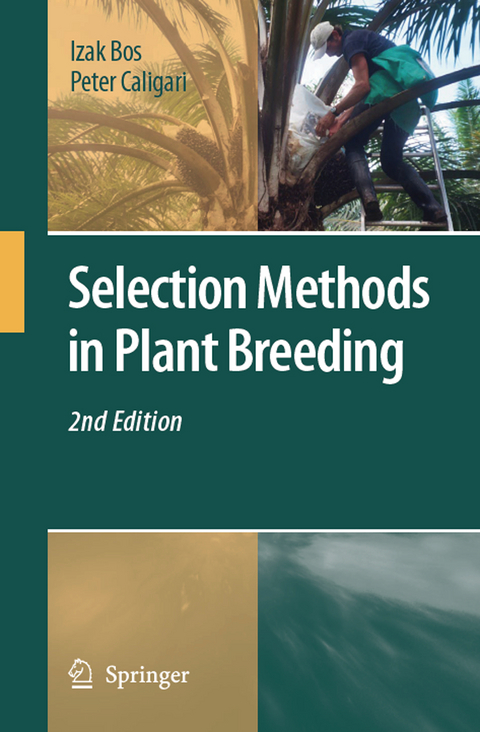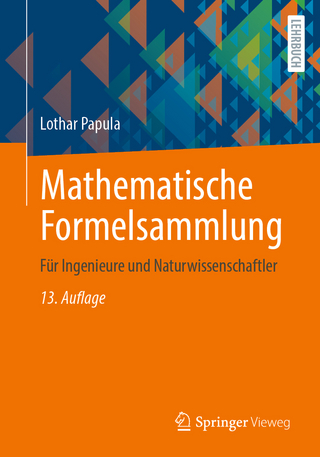
Selection Methods in Plant Breeding
Springer (Verlag)
9789048176168 (ISBN)
Selection procedures used in plant breeding have gradually developed over a very long time span, in fact since settled agriculture was ?rst undertaken. Nowadays these procedures range from very simple mass selection methods, sometimes applied in an ine?ective way, to indirect trait selection based on molecular markers. The procedures di?er in costs as well as in genetic - ciency.Incontrasttothegenetice?ciency,costsdependonthelocalconditions encountered by the breeder. The genetic progress per unit of money invested varies consequently from site to site. This book considers consequently only the genetic e?ciency, i.e. the rate of progress to be expected when applying a certain selection procedure. Ifabreederhasacertainbreedinggoalinmind,aselectionprocedureshould be chosen. A wise choice requires a wellfounded opinion about the response to be expected from any procedure that might be applied. Such an opinion should preferably be based on the most appropriate model when considering the crop and the trait (or traits) to be improved. Sometimes little knowledge is available about the genetic control of expression of the trait(s). This applies particularly in the case of quantitative variation in the traits. It is, therefore, important to be familiar with methods for the elucidation of the inheritance of the traits of interest. This means, in fact, that the breeder should be able to develop population genetic and quantitative genetic models that describe the observed mode of inheritance as satisfactorily as possible.
Population Genetic Effects of Cross-fertilization.- Population Genetic Effects of Inbreeding.- Assortative Mating and Disassortative Mating.- Population Genetic Effect of Selection with regard to Sex Expression.- Selection with Regard to a Trait with Qualitative Variation.- Random Variation of Allele Frequencies.- Components of the Phenotypic Value of Traits with Quantitative Variation.- Effects of the Mode of Reproduction on the Expected Genotypic Value.- Effects of the Mode of Reproduction on the Genetic Variance.- Applications of Quantitative Genetic Theory in Plant Breeding.- Selection for Several Traits.- Genotype × Environment Interaction.- Selection with Regard to a Trait with Quantitative Variation.- Reduction of the Detrimental Effect of Allocompetition on the Efficiency of Selection.- Optimizing the Evaluation of Candidates by means of Plots.- Causes of the Low Efficiency of Selection.- The Optimum Generation to Start Selection for Yield of a Self-Fertilizing Crop.- Experimental Designs for the Evaluation of Candidate Varieties.
| Erscheint lt. Verlag | 10.11.2010 |
|---|---|
| Zusatzinfo | XII, 461 p. |
| Verlagsort | Dordrecht |
| Sprache | englisch |
| Maße | 155 x 235 mm |
| Themenwelt | Mathematik / Informatik ► Mathematik ► Angewandte Mathematik |
| Naturwissenschaften ► Biologie ► Botanik | |
| Naturwissenschaften ► Biologie ► Evolution | |
| Weitere Fachgebiete ► Land- / Forstwirtschaft / Fischerei | |
| ISBN-13 | 9789048176168 / 9789048176168 |
| Zustand | Neuware |
| Informationen gemäß Produktsicherheitsverordnung (GPSR) | |
| Haben Sie eine Frage zum Produkt? |
aus dem Bereich


